Rick Owens S/S 2018

Mood board: As is customary, the invitation for Rick Owens’ S/S 2018 show arrived in a long thick box. However, the usual slab of embossed leather wasn’t enclosed. Instead, sandwiched between two thick pieces of white foam sat a mini Italian futurist bust based on a design by the artist and designer Ernesto Michahelles. Known by his pseudonym Thayaht, he was an Italian polymath credited with one of the earliest examples of the coverall, and later worked with Madeleine Vionnet in the 1920s to design her logo. Thayaht is the inspiration behind Owens’ avant garde desire to elevate the transgressive. His S/S 2018 menswear collection was called ‘dirt’ as a counterpoint to last season’s ‘glitter’. Sometimes unsettling in their singularity, Owens’ clothes are the last in extreme elegance.
Scene setting: The usual staging of his shows – deep in the concrete crypt of the Palais de Tokyo – was turned inside out. Models walked the upper walkway of towering scaffolding set up in the courtyard spanning the full height and width of the art deco building which dates back to 1937. Owens’ construction was dual purpose – on the one hand it framed the epic symmetry of what he has said is his most favourite building in Paris – but it also brought to mind Led Zeppelin’s rousing Stairway to Heaven. In the harsh summer sunlight, the models were elevated and ethereal. They walked to Egyptian Lover’s 1984 dance track I Need a Freak, remixed by Jeff Judd. ‘In these times of petty discord and anxiety I’m looking for transgressive inspiration and imagination’, Owens said. And boy did he serve it.
Best in show: To decipher the times, Owens looked at office-wear and traditional menswear tailoring. In particular, he took the suit jacket as a sort of uniform, a symbol of evolution. For summer, the jackets are in a dry nylon, which shares the same look of silk duchesse, cut large and roomy, worn with wide trousers fitted high to the torso and crushing to the floor. They were also shown in custom developed fabrics such as a lacquered 12oz denim in industrial black, blue, and green. The look was blunt but rich in texture. Light sheer wool gazar was washed and sun dried. Plastic tarp lurex tape was woven on a metal warp creating a stiff plastic textile that looked future-proof.
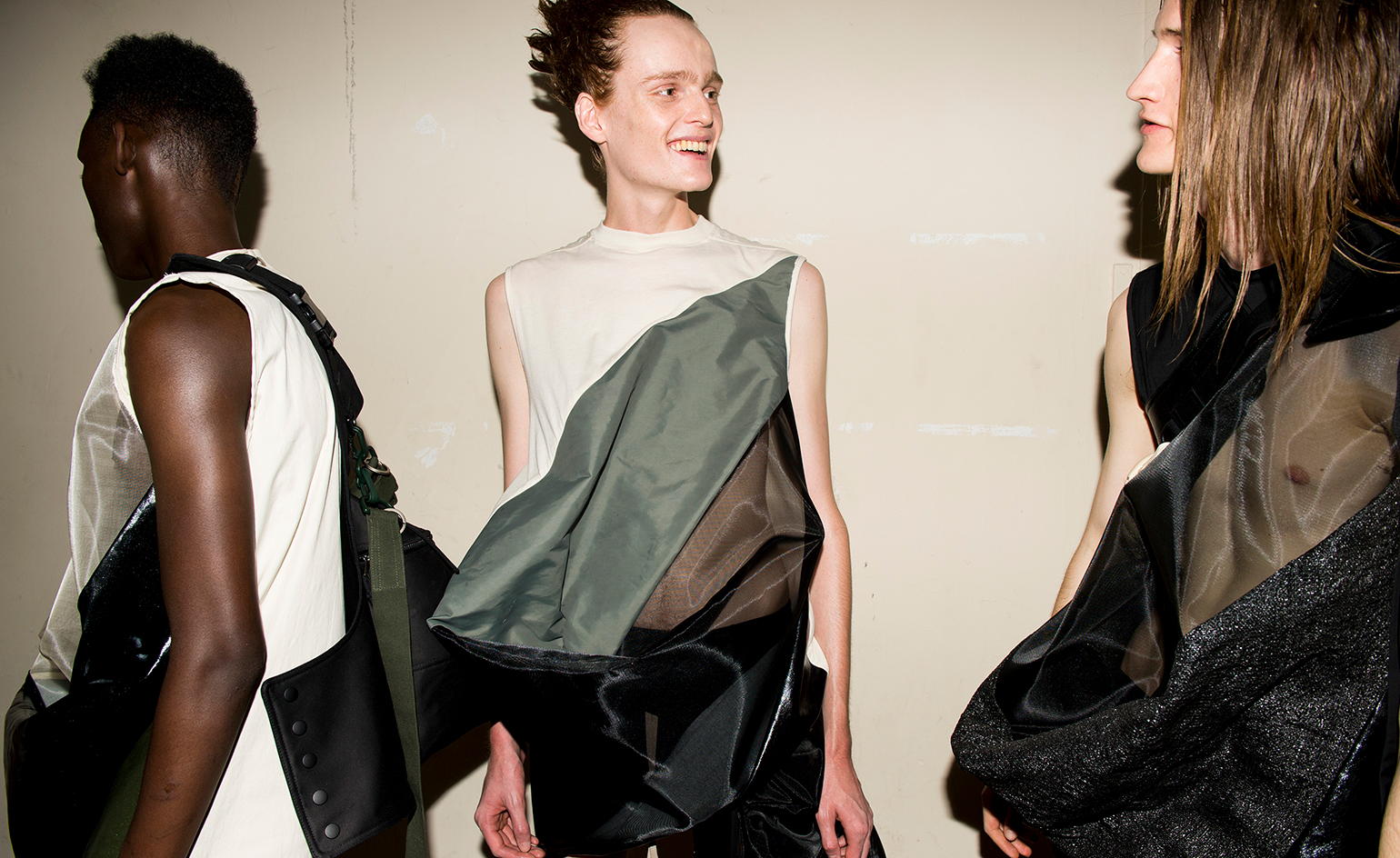
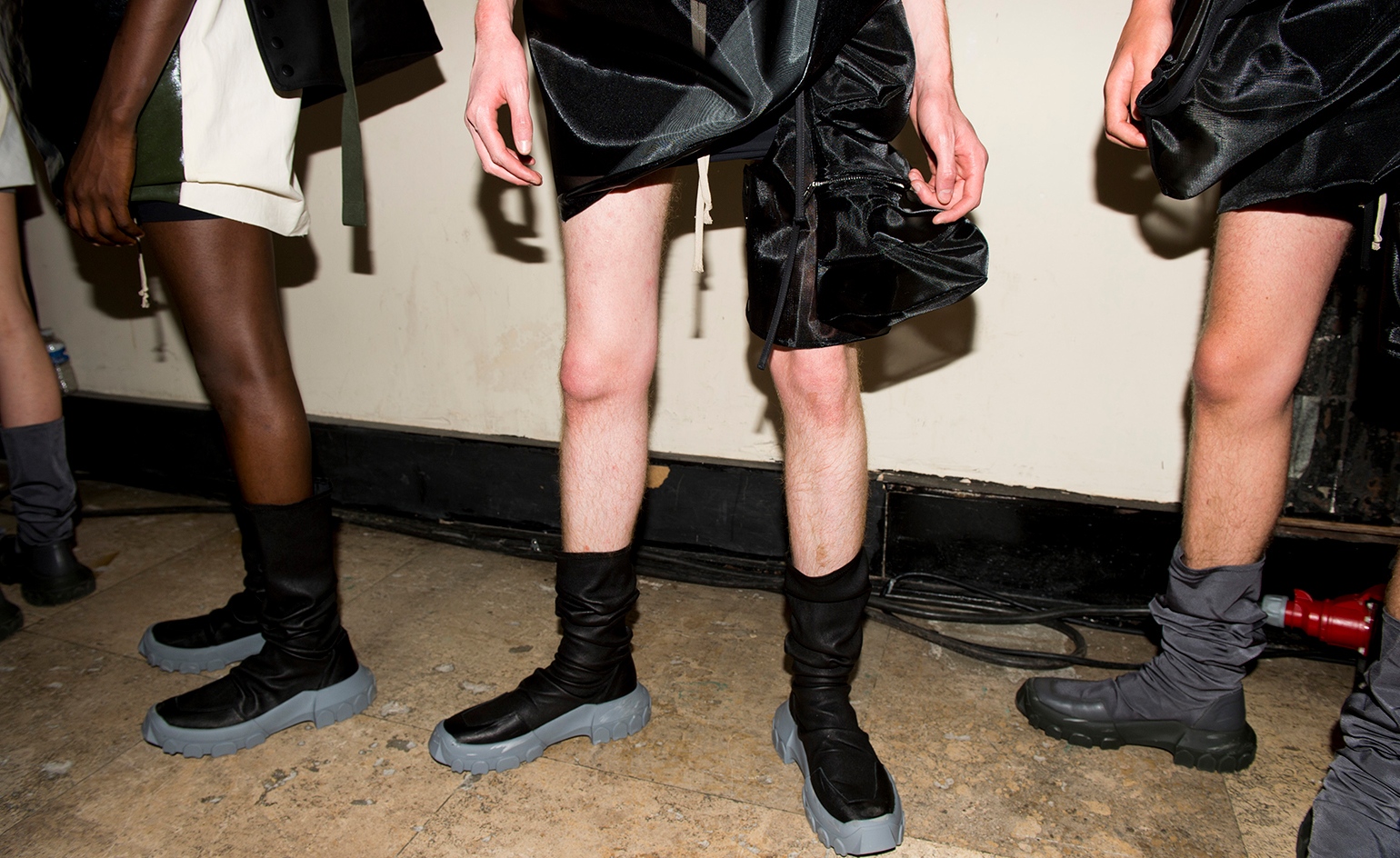


Receive our daily digest of inspiration, escapism and design stories from around the world direct to your inbox.
London based writer Dal Chodha is editor-in-chief of Archivist Addendum — a publishing project that explores the gap between fashion editorial and academe. He writes for various international titles and journals on fashion, art and culture and is a contributing editor at Wallpaper*. Chodha has been working in academic institutions for more than a decade and is Stage 1 Leader of the BA Fashion Communication and Promotion course at Central Saint Martins. In 2020 he published his first book SHOW NOTES, an original hybrid of journalism, poetry and provocation.
-
 A compact Scottish home is a 'sunny place,' nestled into its thriving orchard setting
A compact Scottish home is a 'sunny place,' nestled into its thriving orchard settingGrianan (Gaelic for 'sunny place') is a single-storey Scottish home by Cameron Webster Architects set in rural Stirlingshire
-
 7 colours that will define 2026, from rich gold to glacier blue
7 colours that will define 2026, from rich gold to glacier blueThese moody hues, versatile neutrals and vivid shades will shape the new year, according to trend forecasters
-
 In Norway, discover 1000 years of Queer expression in Islamic Art
In Norway, discover 1000 years of Queer expression in Islamic Art'Deviant Ornaments' at the National Museum of Norway examines the far-reaching history of Queer art
-
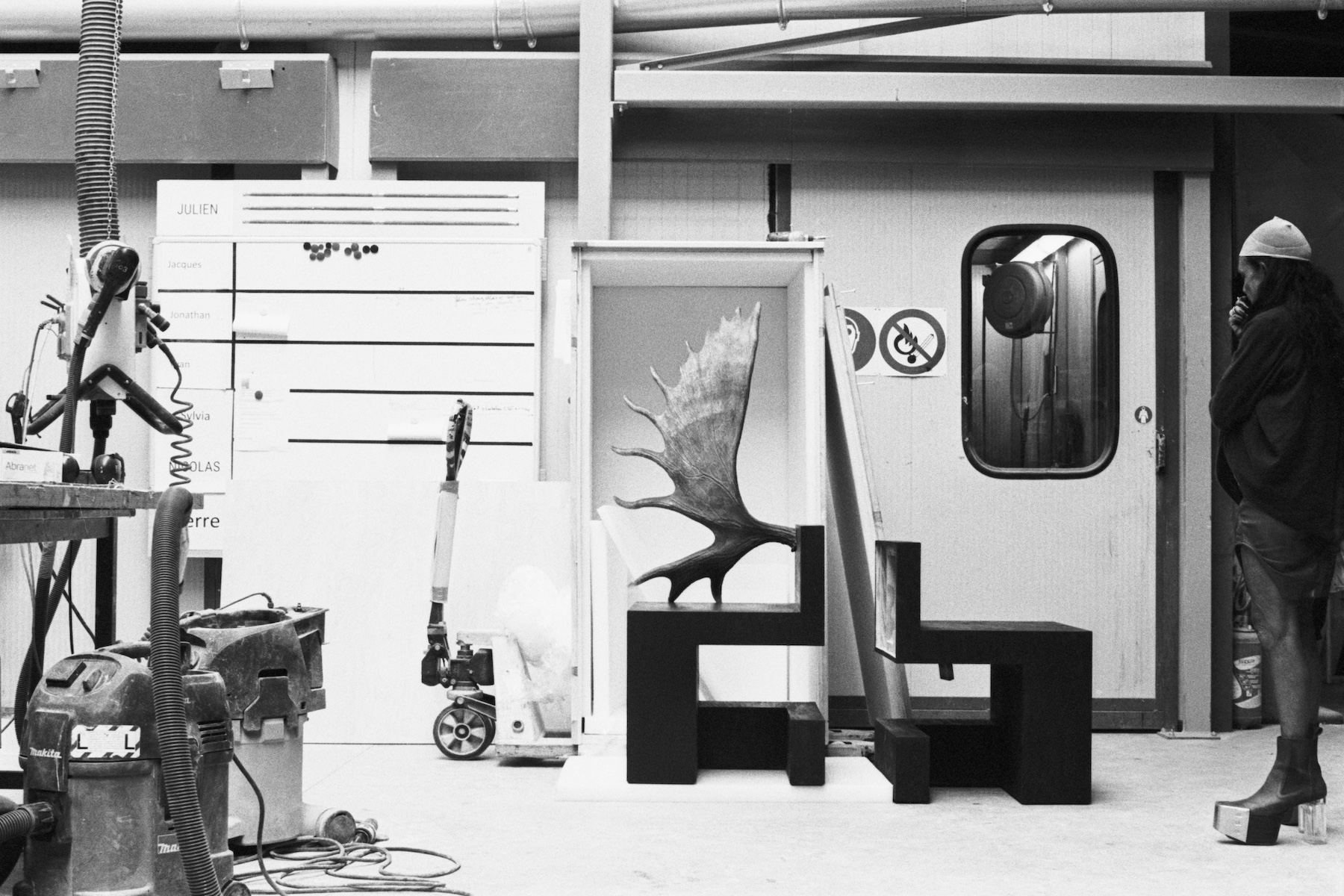 Frieze London 2025: all the fashion moments to look out for
Frieze London 2025: all the fashion moments to look out forThe best fashion happenings to add to your Frieze London 2025 schedule, from Dunhill’s curation of talks at Frieze Masters to an exhibition of furniture by Rick Owens
-
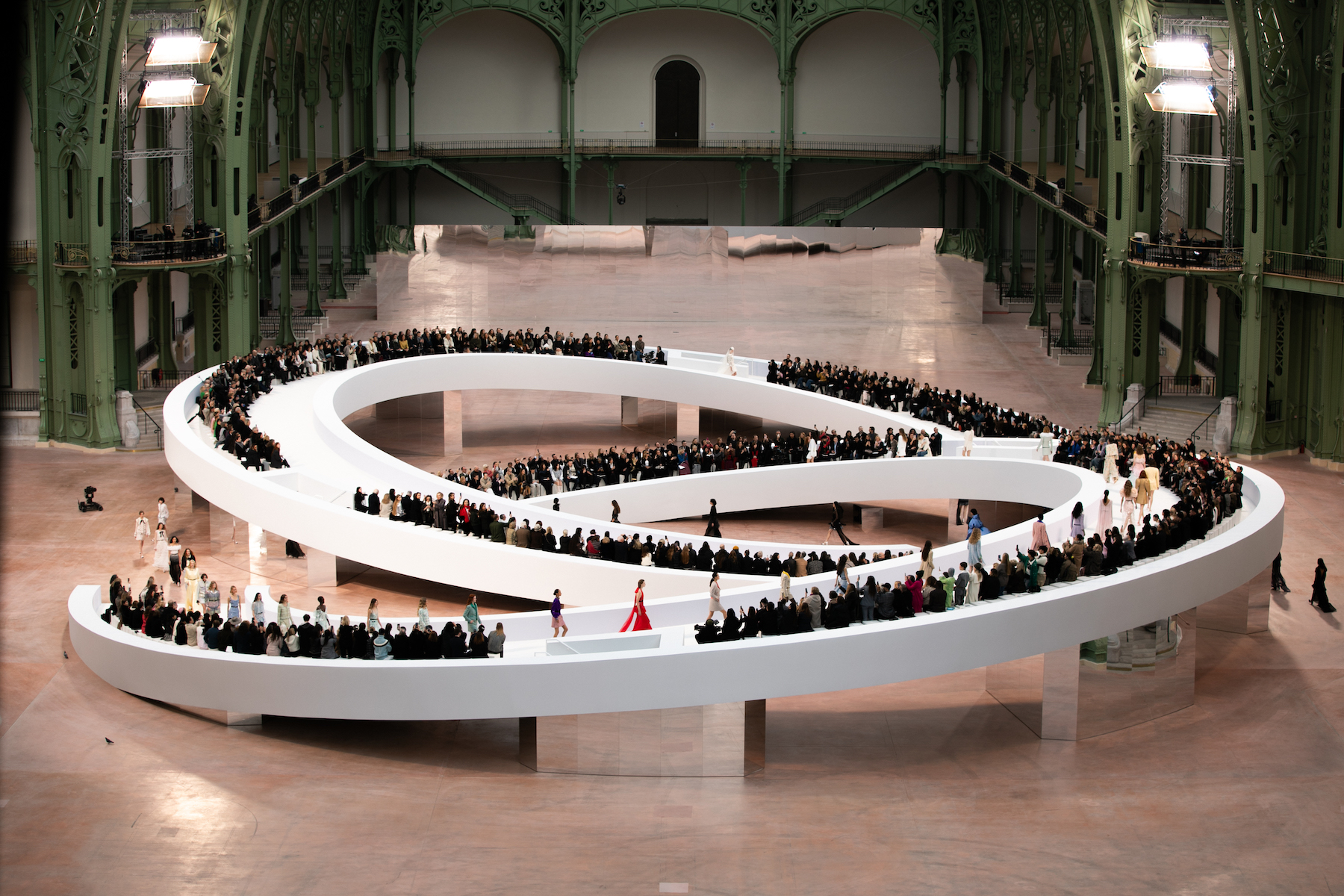 Haute Couture Week A/W 2025: what to expect
Haute Couture Week A/W 2025: what to expectFive moments to look out for at Haute Couture Week A/W 2025 in Paris (starting Monday 7 July), from Glenn Martens’ debut for Maison Margiela to Demna’s Balenciaga swansong. Plus, ‘new beginnings’ from JW Anderson
-
 Donna Trope celebrates the power of the Polaroid in Paris
Donna Trope celebrates the power of the Polaroid in Paris‘Polaroids used to be my rejects, and now they are my holy grail,’ says the beauty photographer, as she shows rarely seen images in a Paris exhibition
-
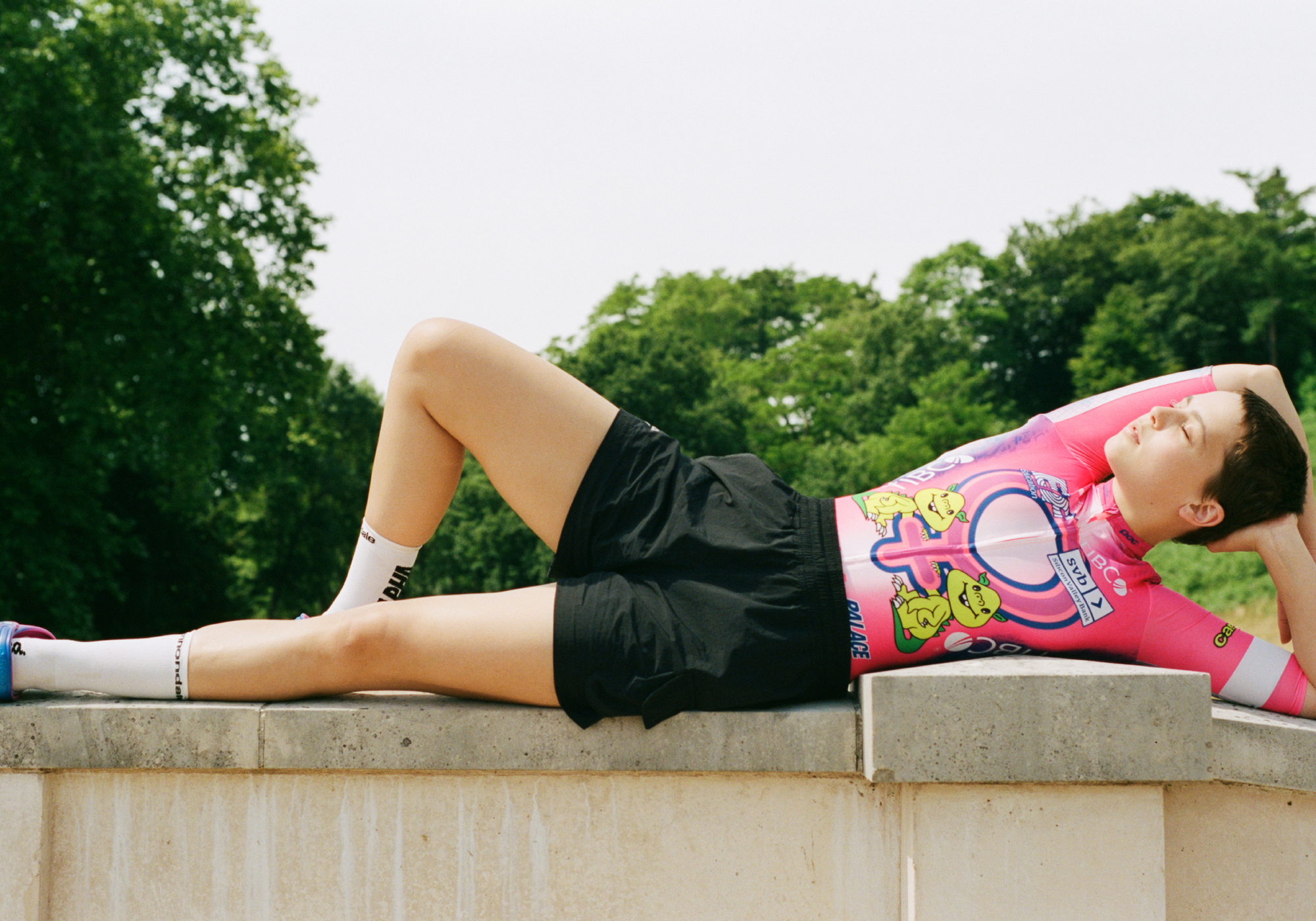 Palace unites with Rapha to celebrate inaugural Tour de France Femmes
Palace unites with Rapha to celebrate inaugural Tour de France FemmesMarking the first time women will compete in the historic cycling race since the late 1980s, this new collaboration sees Palace Skateboards and Rapha create uniforms for both on and off the bike – including an ‘outlandish’ pair of Crocs
-
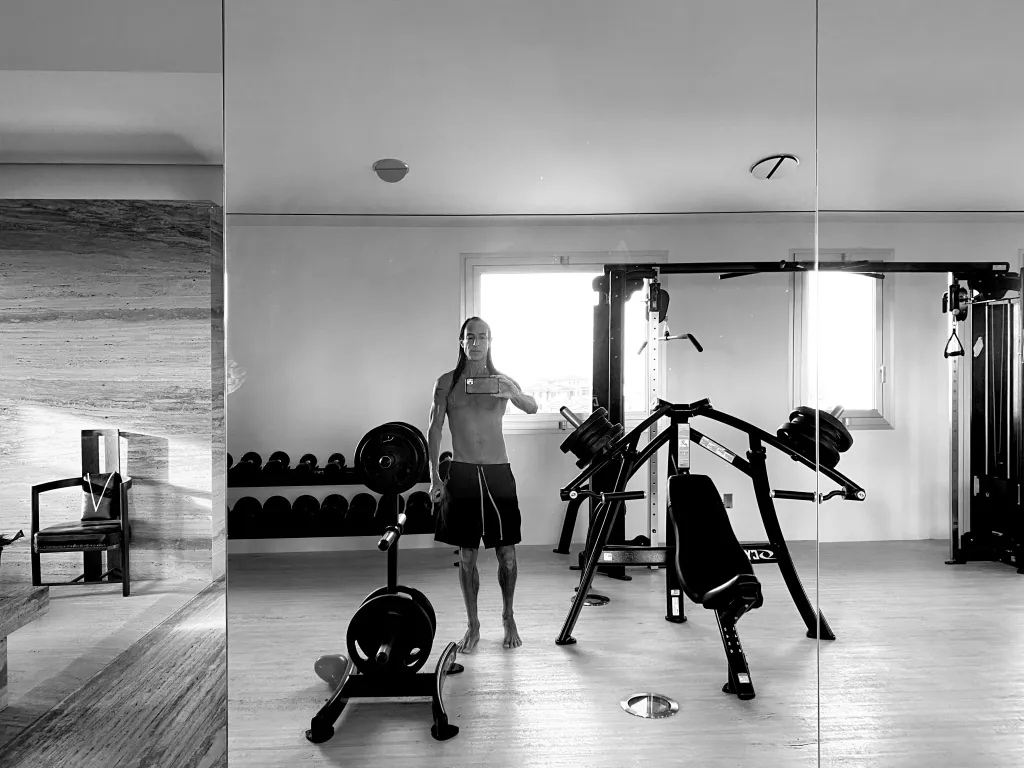 At home with Rick Owens
At home with Rick OwensAs California-born fashion designer Rick Owens is named one of the Wallpaper* USA 300 – a celebration of creative America – we revisit our conversation with Owens in the run-up to his S/S 2023 menswear show last year
-
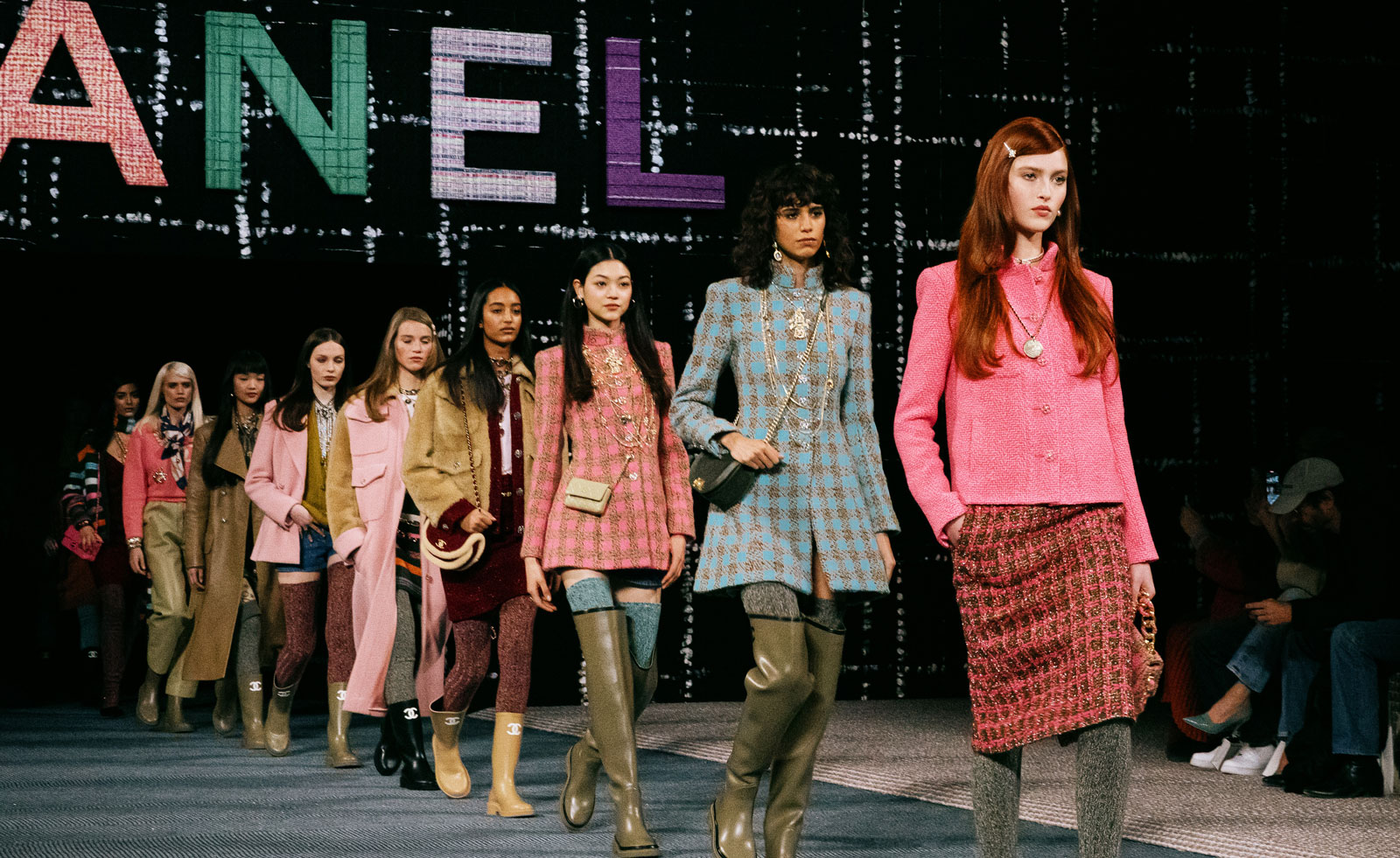 Paris Fashion Week A/W 2022: Chanel to Miu Miu
Paris Fashion Week A/W 2022: Chanel to Miu MiuIn this extended report, Wallpaper* updates you live from Paris Fashion Week A/W 2022 shows, with rolling coverage as runway events unfold
-
 Scene-stealing runway sets from S/S 2022 womenswear shows
Scene-stealing runway sets from S/S 2022 womenswear showsFrom giant roulette wheels to Olympic diving boards and multi-city synchronized extravaganzas – our pick of the best fashion show sets from S/S 2022 womenswear
-
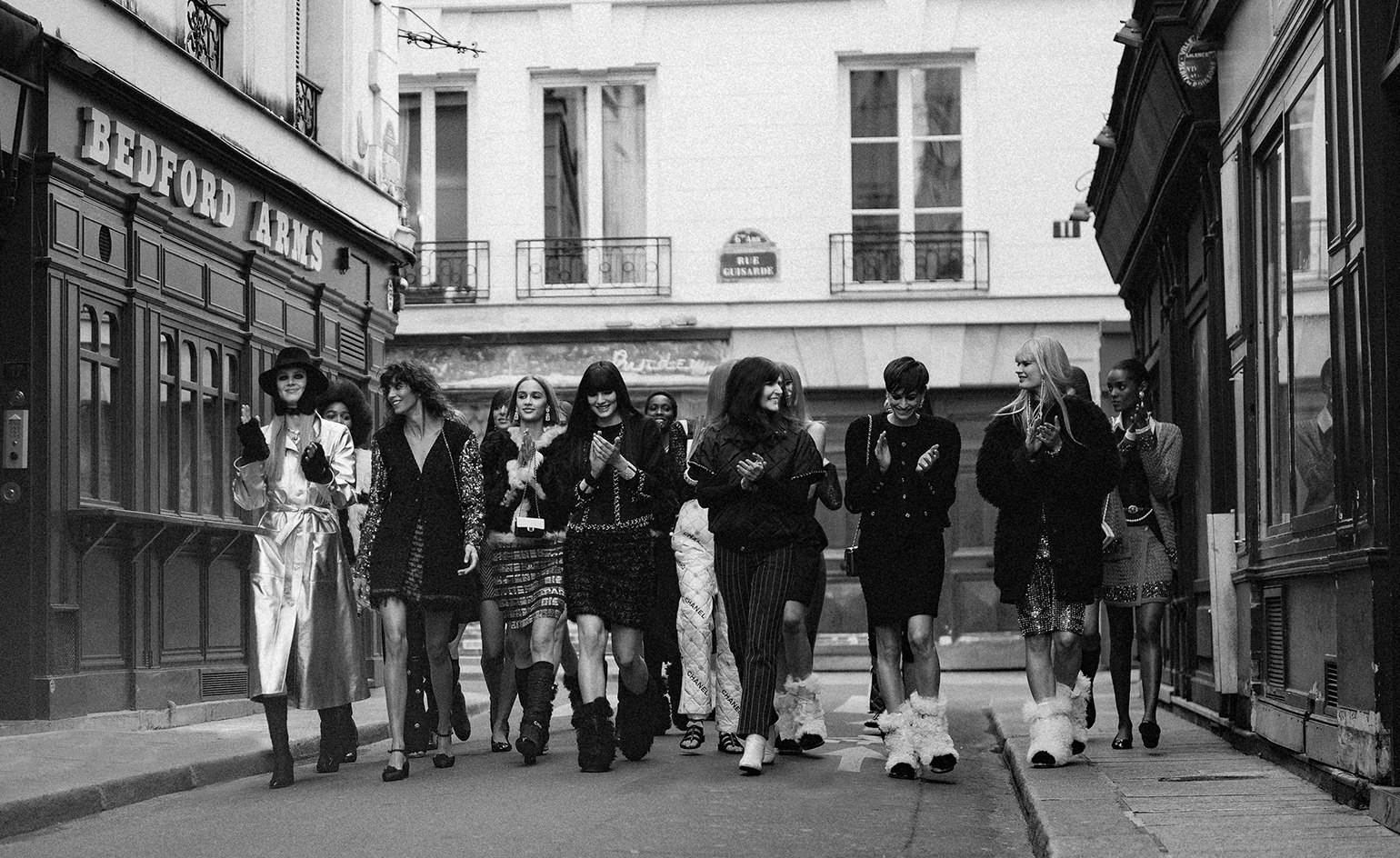 Paris Fashion Week A/W 2021: discotheque chic to apres-ski sleek
Paris Fashion Week A/W 2021: discotheque chic to apres-ski sleek